Everything about logistics and treatment in 2018.
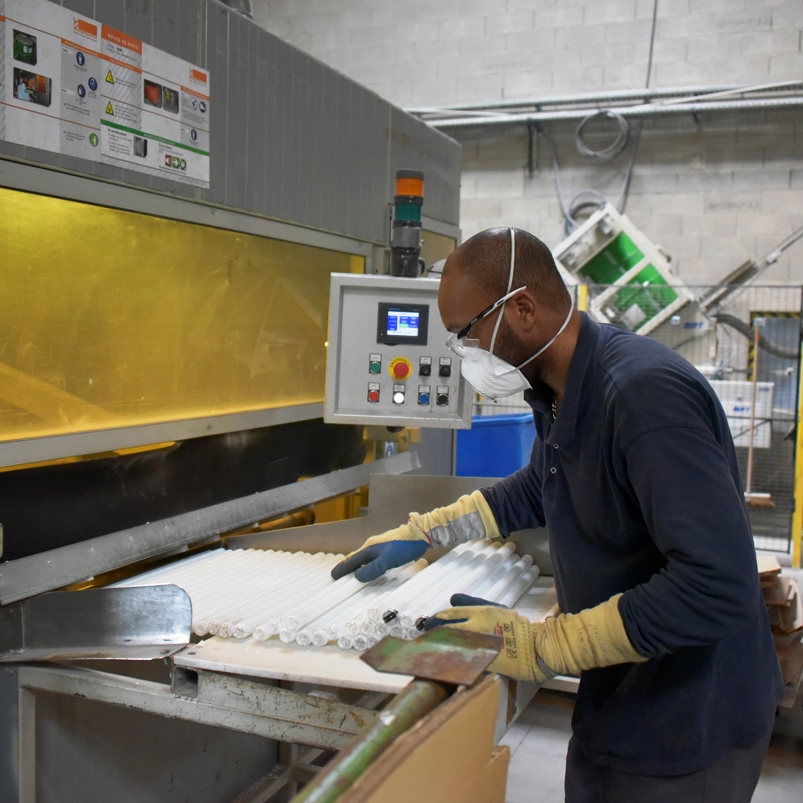

87.8%
average recycling rate in 2018
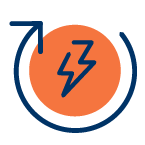
93.6%
average recovery rate in 2018

5
treatment centres

45
audits and control visits
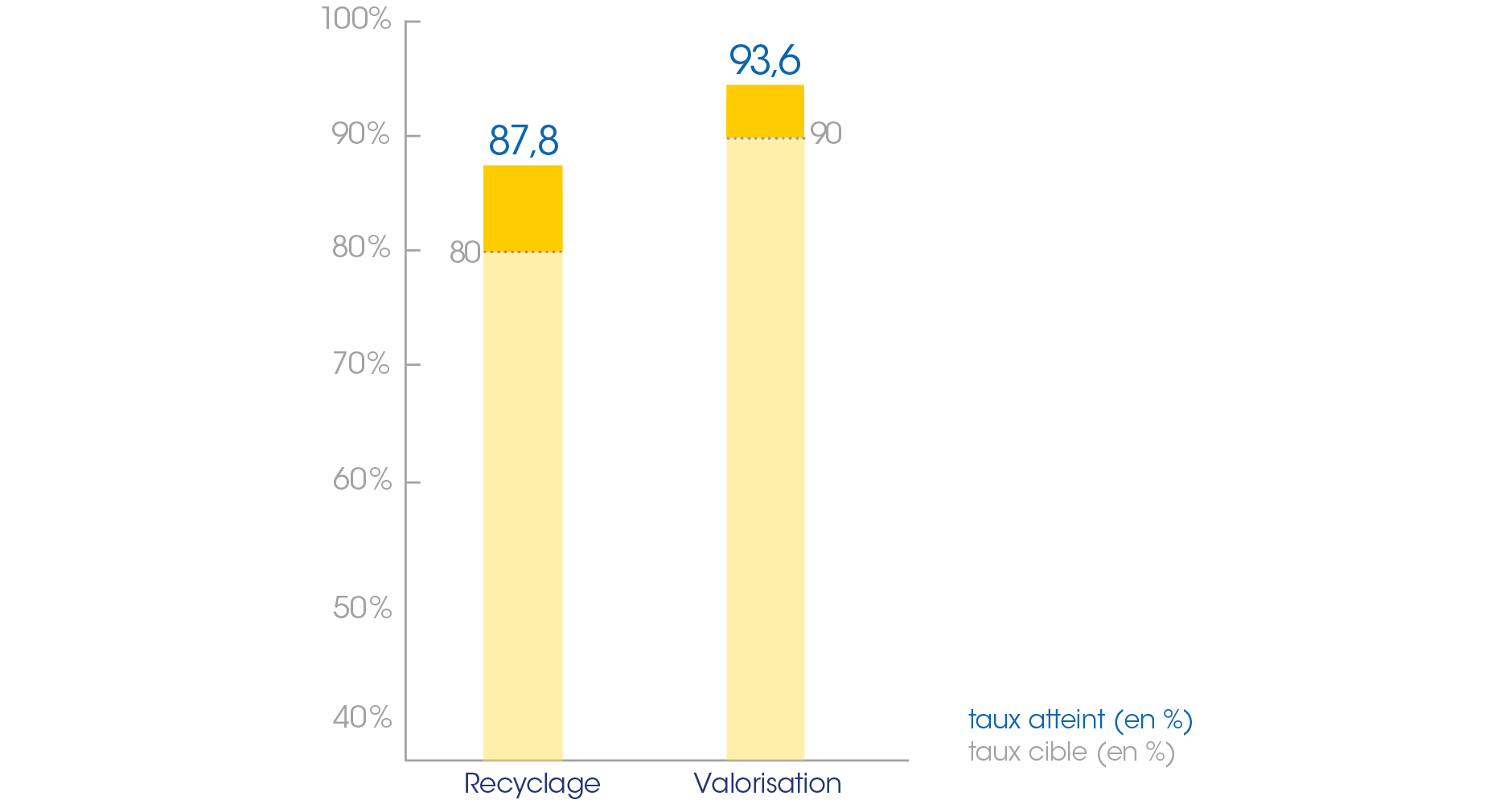
3,204
Recycling
140
Recovery
253
Destruction
931
Recycling
133
Recovery
48
Destruction
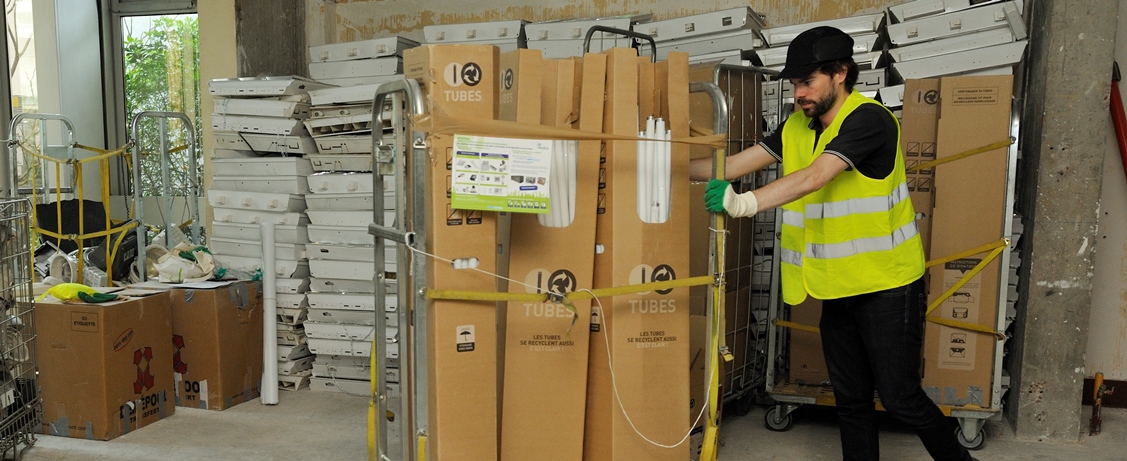
In 2018 ESR launched a major project to redefine its operational processes for all the sectors it addresses. This involves defining a streamlined, comprehensive and coherent service offering for partners and service-providers. This approach is not only fully in line with the spirit of simplification engaged by the merger of Eco-systèmes and Récylum to form ESR, but also with the challenges to be met in order to achieve collection targets.
A new global logistical and treatment system will be implemented with new contracts at the beginning of 2021 for a 3-year period. This system will be accompanied by the integration of all operations within a single information system. Management indicators will also be streamlined.
Much work has to be undertaken on identifying, enhancing and embodying operational synergies in regards to pooling, containers, dematerializing and traceability. Modelling of a target system will then follow for logistical and treatment processes, before moving onto the the implementation of invitations to tender. The provision of assistance to ESR’s partners and service-providers is planned in order to deploy and manage the changes instigated by this new organisation.
The key points in operational processes to be redefined and streamlined, include weighing, container management, management of WTN (waste transfer note), time frames and the management of regulated hazardous substances, undesirable and intrusive waste. These will be carefully studied in order to propose a coherent and unified target system followed by a unique and adapted information system,
This major project of an unparalleled scale is mobilising all of ESR’s services, in all sectors. This provides an excellent opportunity to improve the process and be bold in terms of streamlining and simplification.
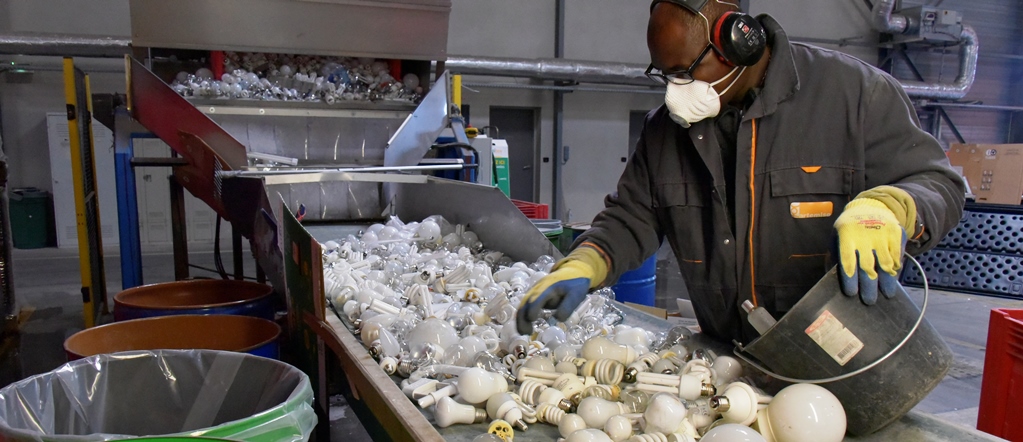
Still a minority item in the lamp and tube stream coming from treatment centres, LEDs should radically change sorting and decontamination methods in future years when they reach the end of their service life. LEDs represent nearly 3/4 of lamps sold in 2018 but they will only arrive en mass in treatment centres in about 10 years’ time (theoretical service life). It is necessary to prepare the sector and its stakeholders for this technological shift and its new challenges (decrease in volume, new processes, target recycling rate, etc.) in order to guarantee quality treatment at least cost.
It is essential, therefore, to evaluate their real service life, the treatment processes to be implemented and their material composition in order to achieve the target recycling and recovery rates. LED lamps are currently manually sorted in treatment centres because they are present in small quantities. This will no longer be possible when the volumes are much higher. Indeed, in some treatment centres, LEDs block the shredders and cannot therefore be treated in he same way as the other types of lamps. Work is therefore underway on both the sorting methods and treatment processes. A partnership between a SHA treatment centre and a tubes and lamp treatment centre has been agreed in order to carry out joint R&D. LED shredding tests following processes used for SHA should enable the target recycling rate of 80% to be achieved by extracting all strategic metals.
Attention must also be paid to the composition of LED – highly variable from one manufacturer to another – on two counts: the first concerns the presence of hazardous substances such bromine, which would prevent the recycling of plastics and thereby the target of 80% being reached. The second regards the different types of LED (e.g. with filaments) which may require specific treatment processes. Close collaboration with manufacturers in order to learn about their sales per type of lamp and studying the changes in LED composition, are both major R&D challenges to establish tomorrow’s treatment processes.
In 2018, an ambitious European R&D project was launched for the 2019-2021 period in order to adapt the “Bluebox” process so that it can treat flat screens, low consumption lamps and LEDs in one and the same process. Furthermore, within the context of the Urban Mines Chair, good laboratory results are being obtained in work carried out by Chimie ParisTech, on chemical extraction processes for strategic metals from LED chips coming from lamps, televisions and luminaires.